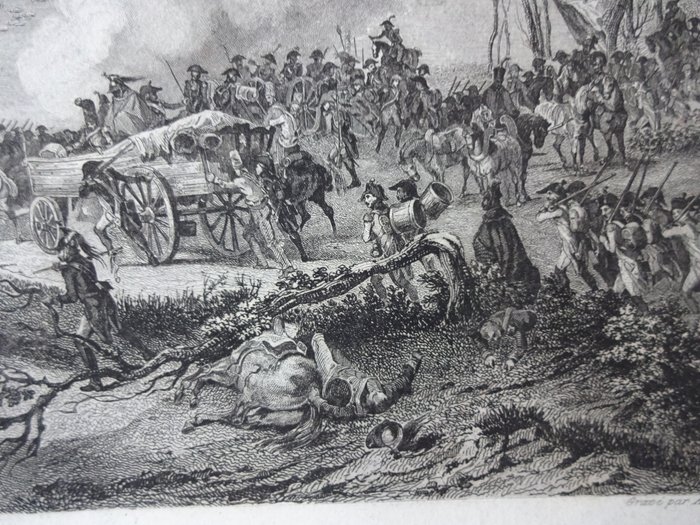In the early days of the War of Austrian Succession, the Italian front was very much divided, Italy itself being a cluster of states under different varied rule and types of rule, had some fighting among themselves. The Italian front itself was more-over just a wide variety of states trying to get back at each other for the end-goals of revenge.
This cumulated in an 'Italian Front' of the war of Austrian Succession, with Savoy, Venice, Naples, Genoa, and, of course, the Papal States each taking respective stances on the war. Genoa had - for a good few years - been in the process of attempting
to expand deeper to secure their stance in the region, which was mainly contested by Modena, Savoy, and Milan, the latter being the most powerful in the region.
The Genoese were given a great chance to do this when Savoy, along with Naples, decided to take the stance of the Bavarian claimant. This news came around the same time that Venice and the Papal States decided they would support the Austrian claimant, Empress Maria Theresa. This left the Genoese in a stance where they could declare neutrality, as Milan, Sicily, and a few others had, or they could declare war on Savoy. Except, there was a problem, the Genoese had no military to fight a French-supported force, neither did they support the HRE or what it stood for.
So the people were at an impasse, sure Genoa was a Republic, but it had long been known that maritime commanders had been running the show in the government. So on 1741, the Genoese declared neutrality. A month after the declaration, the Genoese sent an invasion force to pillage a village on the border. After the Savoyards found out, they openly confronted the Genoese, to which they cited that they weren't the ones who committed the crime against the Savoy-ards. Whence the Savoyards commenced a retaliatory invasion against the Genoese, the Genoese then stated that it was uncalled for to be invaded, and then proceeded to carry out their counter-attack.
The French failed to reinforce the Savoyard armies, although not for the reason the Genoese presumed, in fact, much of the nearby nations saw through the Genoese lie. The main European allies disregarded their Italian allies as a whole. At this point in time, a major 'European' war, was not about maintaining a status quo, but about individual gain, no one nation entered the war unless they could gain something more than they had before the peace, this included disregarding previous alliances in hope for more to gain.
The Genoese easily steamrolled the Savoyards and forced the Savoyards into a surrender. The Surrender only being accepted upon an assimilation of Savoy into the Genoan Republic, forming the Costadella Republic.
To appease the countrymen of Savoy, the Genoans adopted the Costadella flag as a sign of inclusivity while containing most of their structure.






